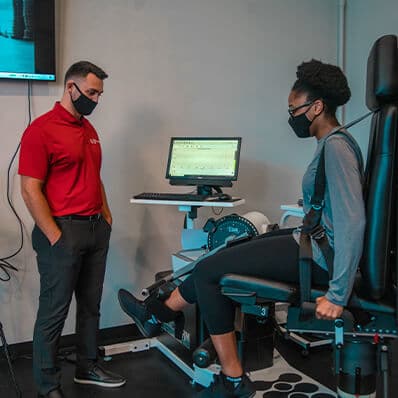Mr X was a 45-year-old man with a history of hypertension that was under good control using medication. He worked as a taxi driver for eight hours per day. He smoked one and a half pack of cigarettes per day and had done so for over 20 years. His father died from a heart attack at age 60. He had no signs or symptoms of cardiorespiratory disease. He had just completed a medical check-up and the report showed body height of 173cm and body weight of 88kg, total cholesterol of 8 mmol/L and fasting glucose of 5.4 mmol/L. His BMI was 30 kg/m2, his hip circumference was 40 inches (102 centimeters) and his waist girth was 47 inches (119 centimeters).
Mr X had many risk factors
Cigarette smoking
Hypertension (even though his blood pressure was under control with medication)
Hypercholesterolaemia
Obesity – his BMI had recently been calculated as 30 kg/m2 and was regarded to be obese according to the WHO’s International Classification.
Sedentary because of the non-physical nature of his job and daily activities
Mr X did not have a family history of heart disease that require specific screening because his father’s heart attack occurred after the age of 60. His fasting glucose was normal. Although he was considered young at less than 45 years old, he was in the moderate risk category because he did not have any signs or symptoms of cardiorespiratory disease but was sedentary. He was concerned about his body shape and about the symptoms of the overweight such as joint pain.
Mr X was sedentary therefore he had to build up his physical activity targets over several weeks, starting with 10-20 minutes of physical activity every other day during the first week or two in order to minimise potential muscle soreness and fatigue (which could negatively affect compliance with the program). If he had demonstrated difficulty completing the initial level, the physiotherapist would have reduced the intensity/duration. If Mr X had found the initial level very easy, the physiotherapist would have increased the intensity/duration until it felt somewhat hard.
Walking is the most commonly recommended type of physical activity. Weight-bearing physical activity may be difficult for an obese man, however. Gradually increasing moderate-intensity physical activities was therefore encouraged.[4] Based upon Mr X’s information, the program was designed to be of moderate intensity. This meant he exercised for at least five days a week at a moderate intensity. Considering he had four risk factors and had led a sedentary lifestye up to that point, his target heart rate was kept at about 40% of his VO2R.
Program:
Warm Up: 5-10 minutes of dynamic stretching of the entire body in order to increase Mr X’s heart rate
Walking on a track or treadmill for 20 minutes [10] Mr X was instructed to walk for one minute on an incline to be increased followed by one minute at a leisurely walking pace. He was not able to jog because of the pain in his joints. As his fitness improved, the duration and intensity of the walking were increased progressively in a variety of ways
Cool Down: 5-10 minutes of slow walking to gradually decrease his elevated heart rate but still keep his muscles moving to avoid cramping
Stretching: 10 minutes of a variety of static stretches that engage the whole body, especially his legs.
After ten weeks of the above exercise program, Mr X demonstrated some weight loss with the BMI test showing a loss of 5 kg/m2. His cardiovascular endurance had improved and his responsiveness to antihypertensive medications and increased.
Studies have shown that physical activity provides many health benefits. Being physically active and fit reduces obesity-related chronic diseases and decreases the risk of premature death. In this case study, Mr X demonstrated a loss of weight after ten weeks of physical activity.
The authors of several systematic reviews have consistently reported a decrease in Systolic Blood Pressure (SBP) of about 1 mmHg per kg of weight loss with follow-up of 2 to 3 years. There is also attenuation in the longer-term with a decrease of about 6 mmHg in SBP per 10 kg of weight loss. Intervention programs appropriate for obesity-hypertension combine diet, physical activity and behavioural modification, aiming to achieve long-term changes in health-related behaviours. Aerobic exercise can reduce weight and BP. In a meta-analysis that included assessment of ambulatory BP, it was reported that in programs lasting 4 to 52 weeks (with physical activity as the only intervention) aerobic exercise reduced BP by 3/2.4 mmHg.[18]
The effects of resistance training on BP have also been studied.[18] The estimated decrease in was similar to the effects of aerobic exercise, although not statistically significant for SBP and without statistically significant weight change.
In conclusion, a moderate intensity exercise intervention produced improvement in body weight, BMI, waist and hip circumferences and blood pressure.



